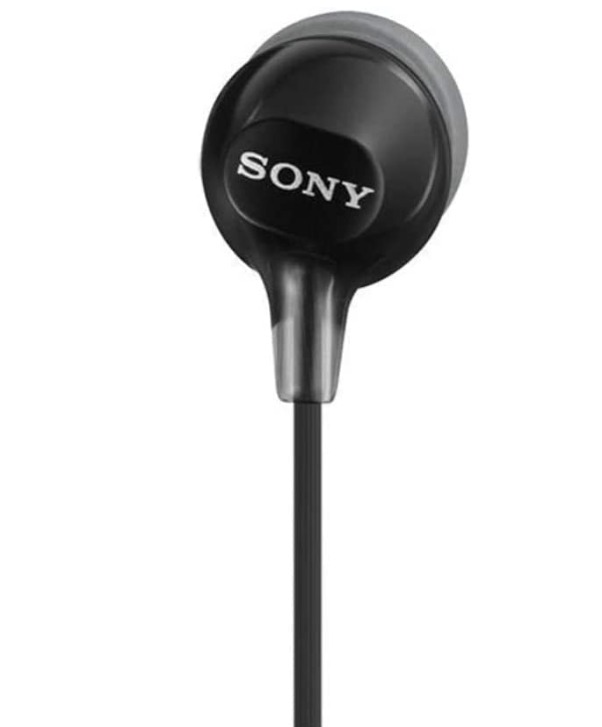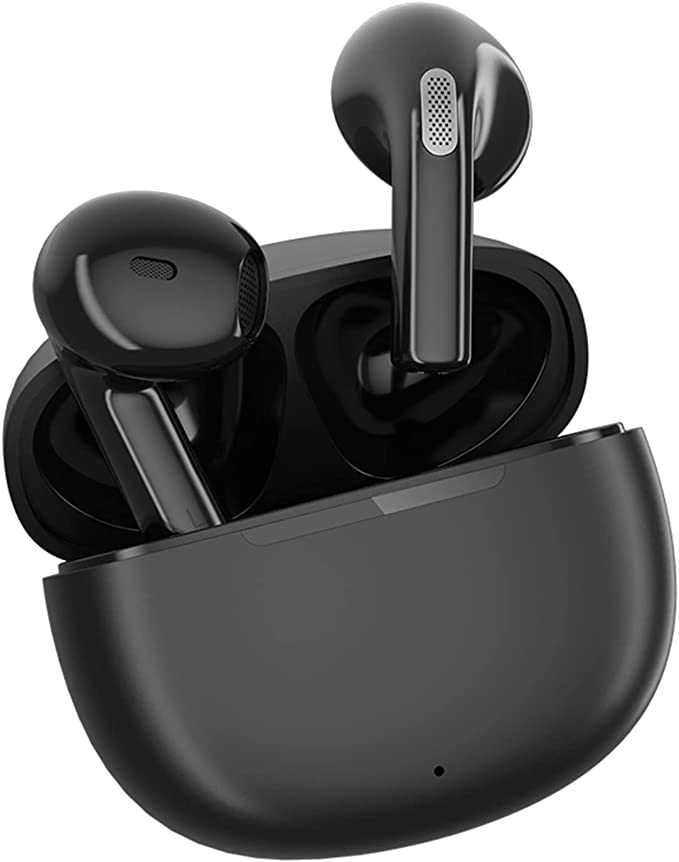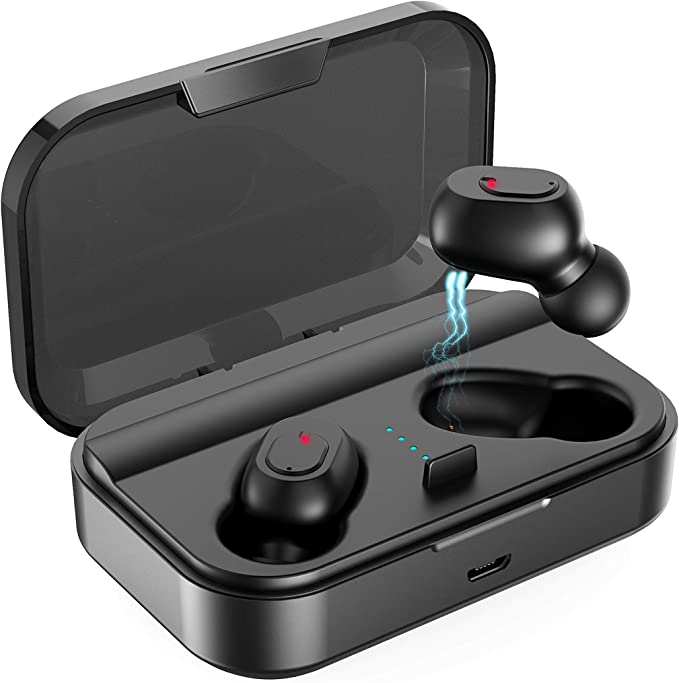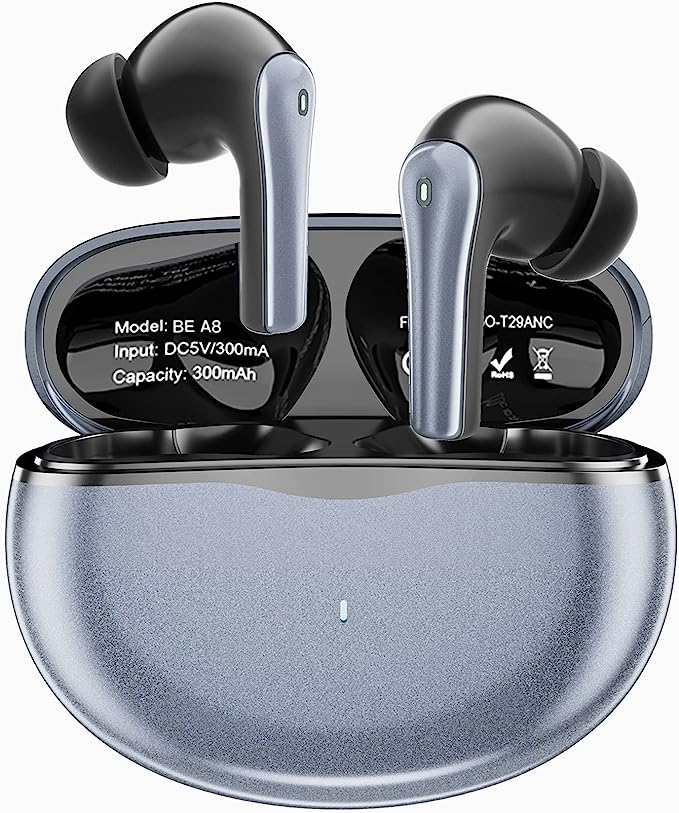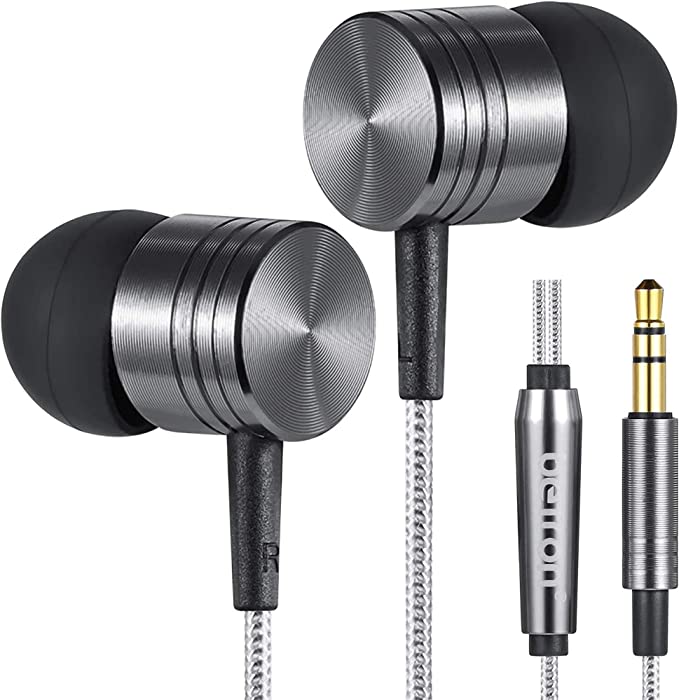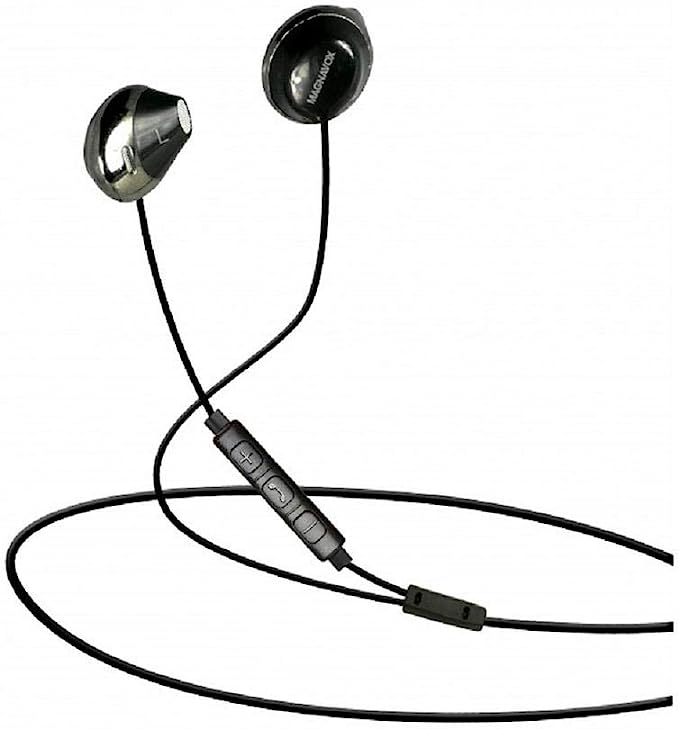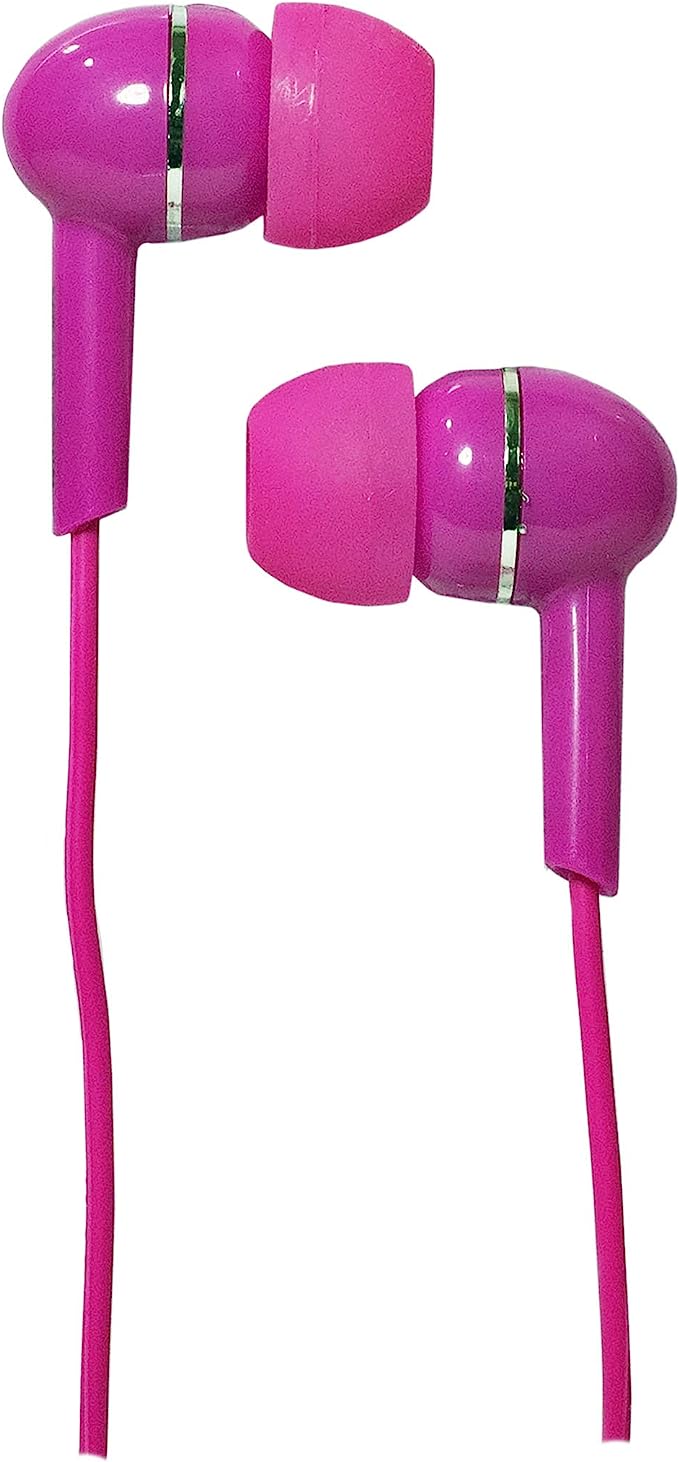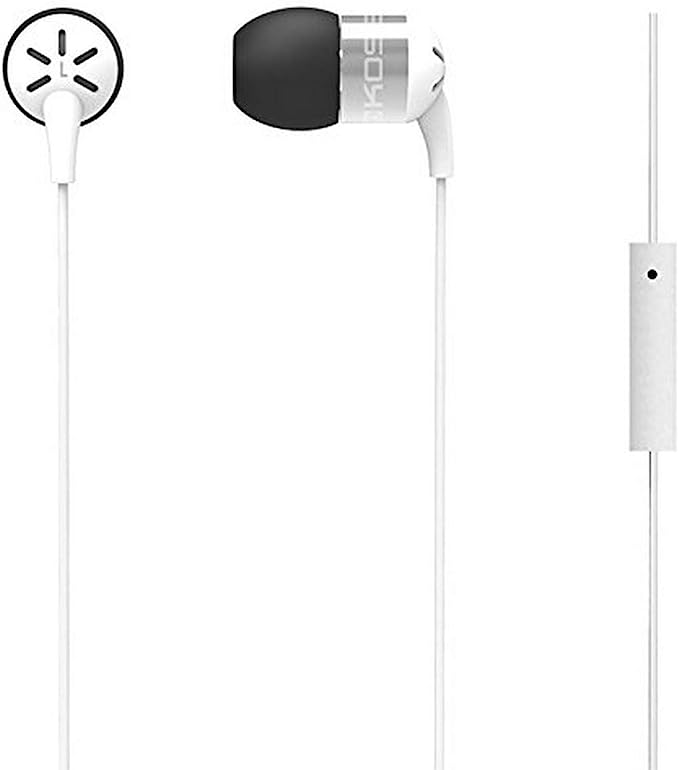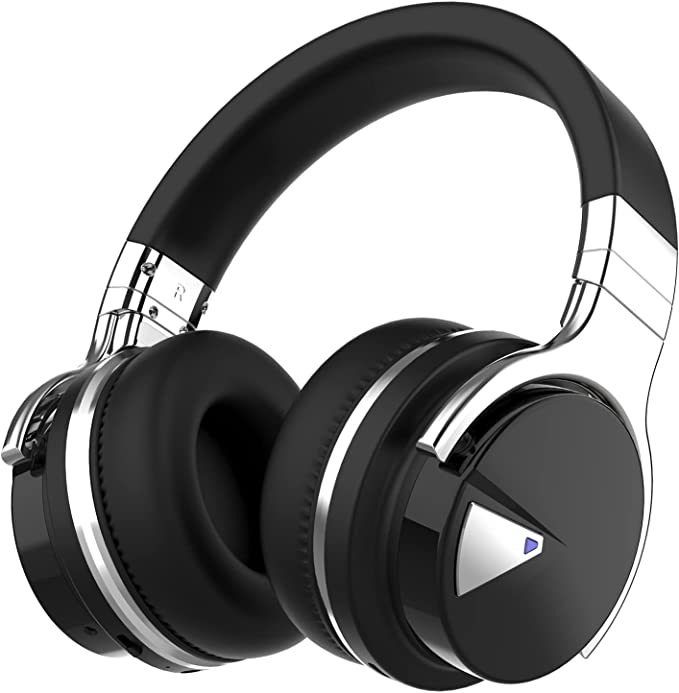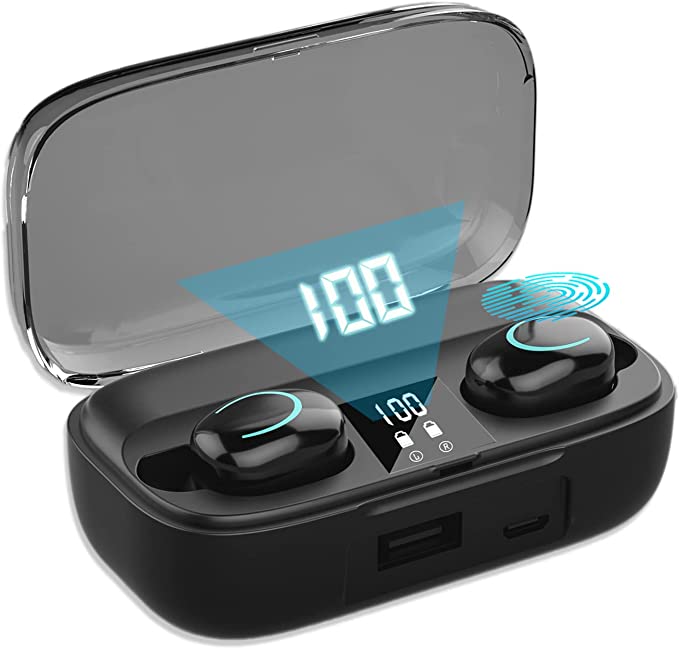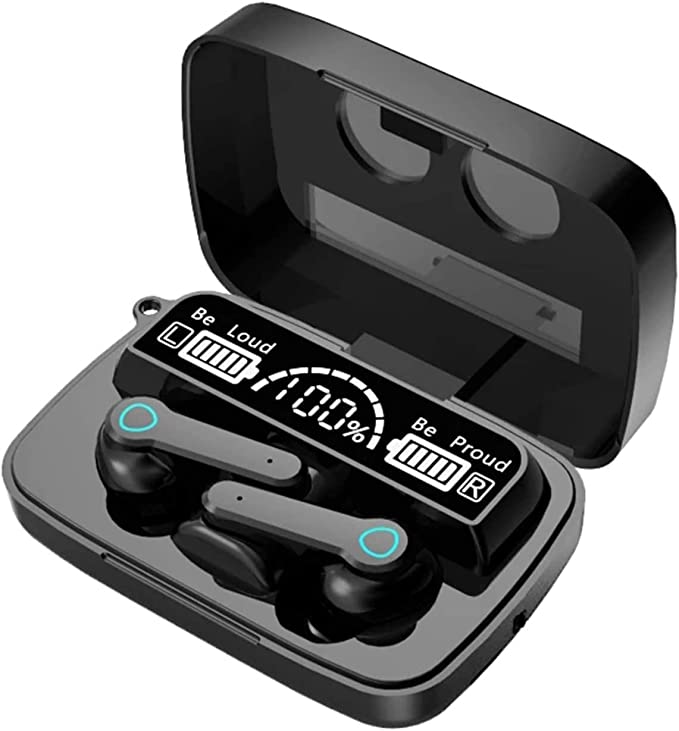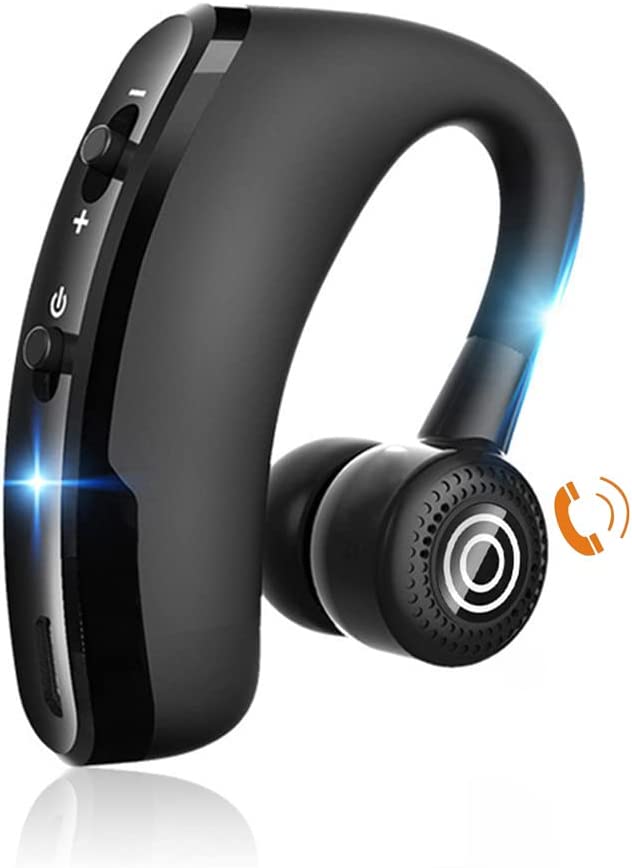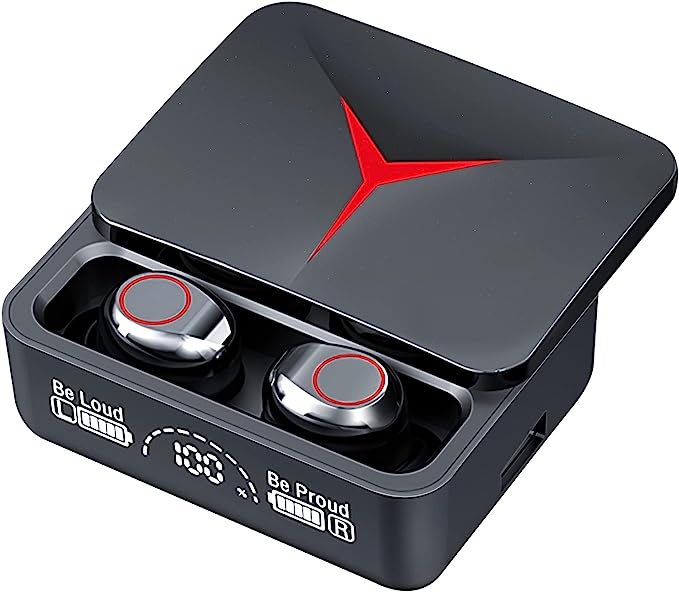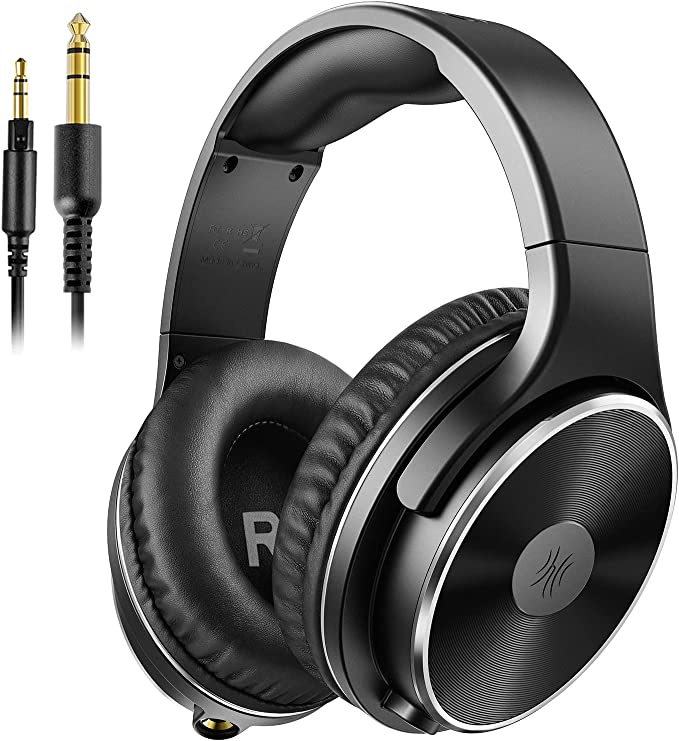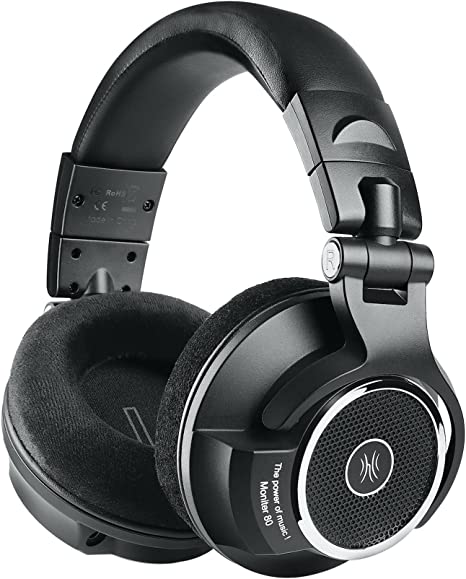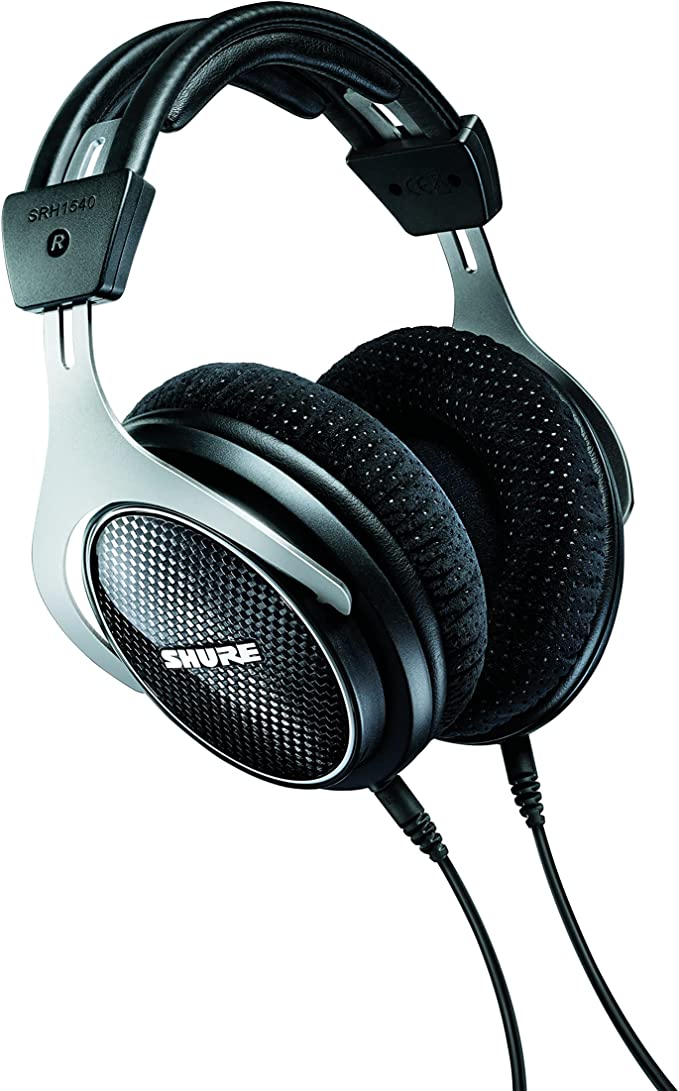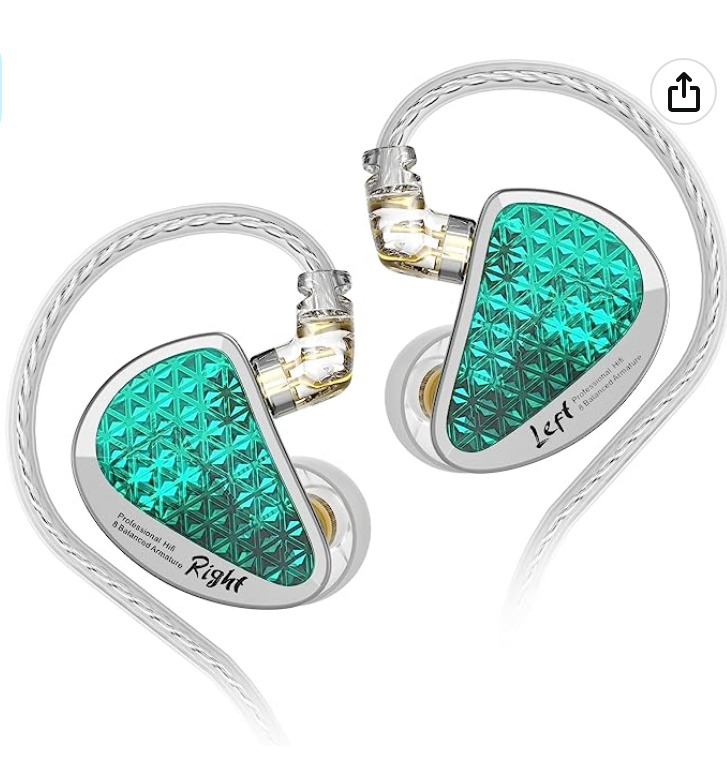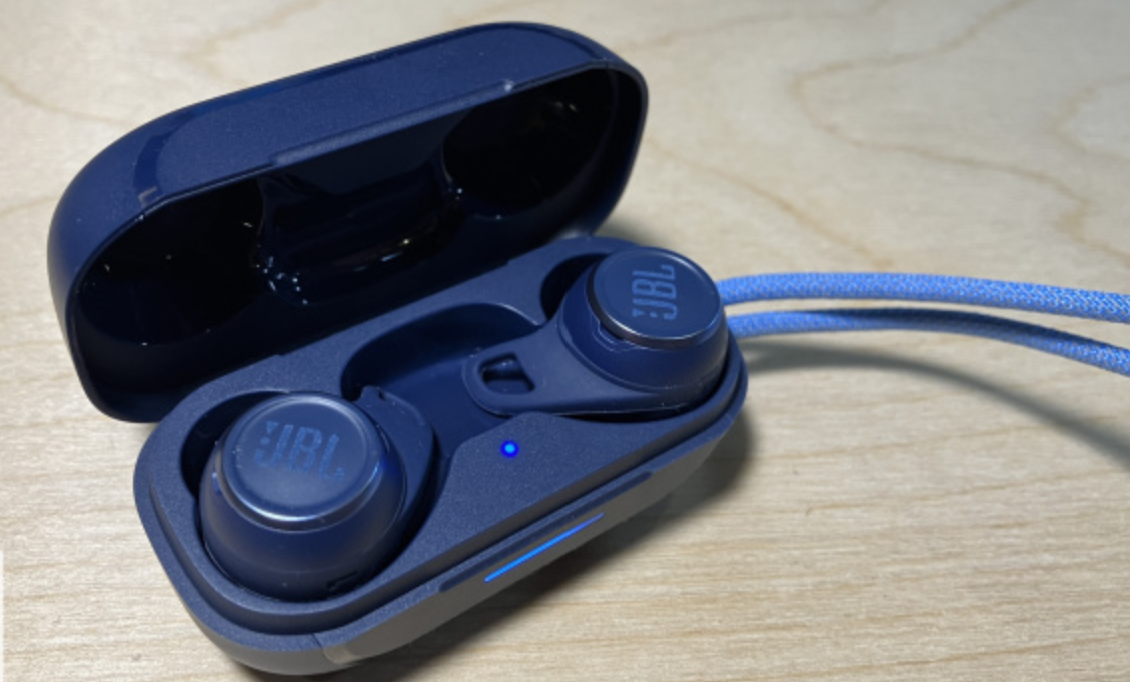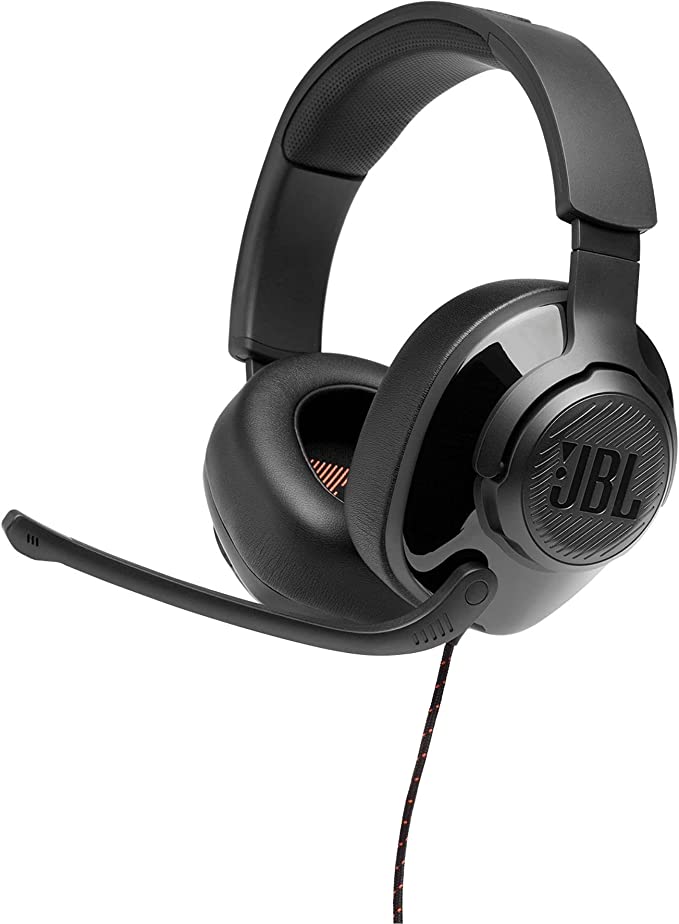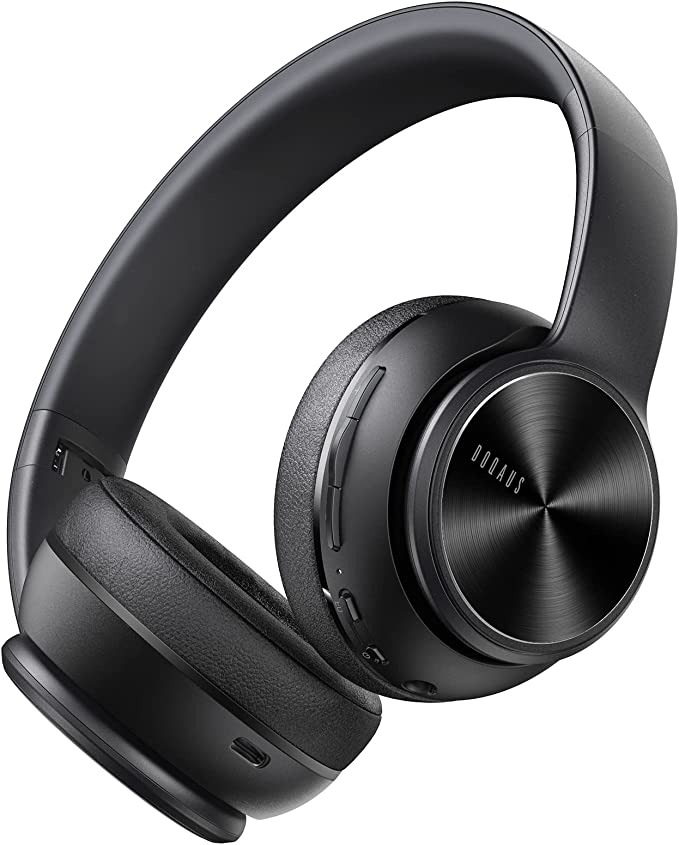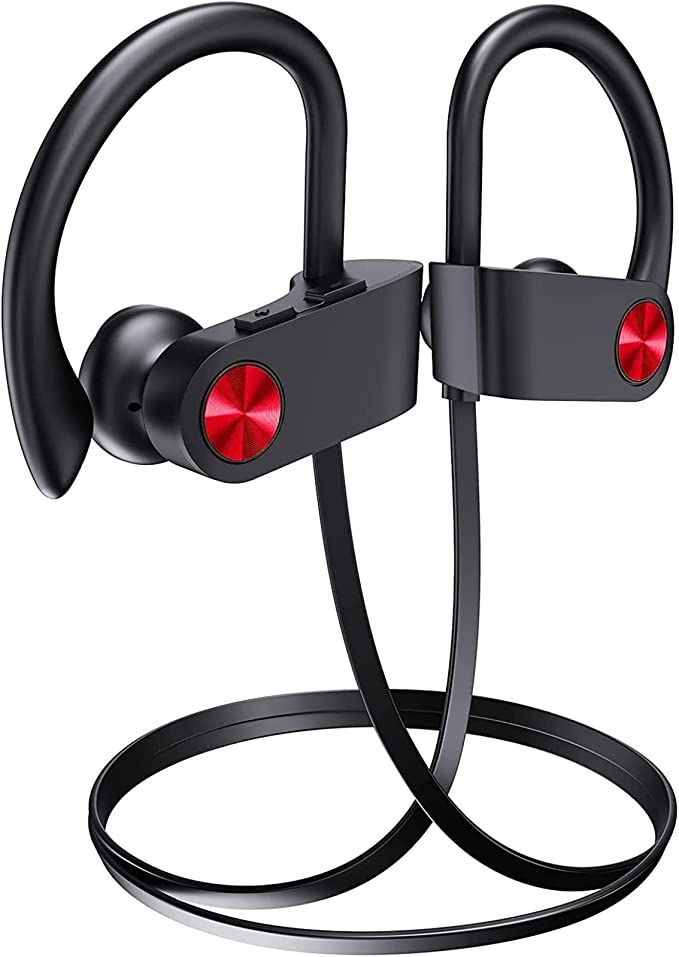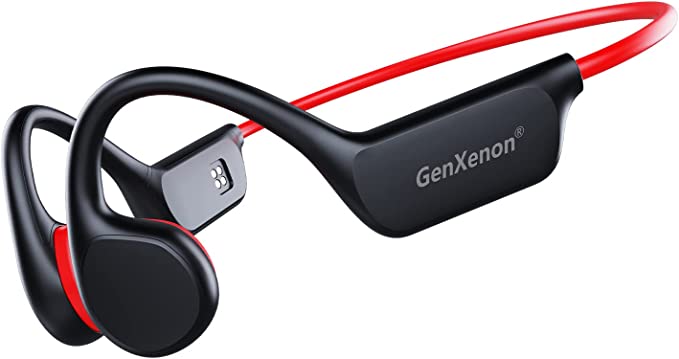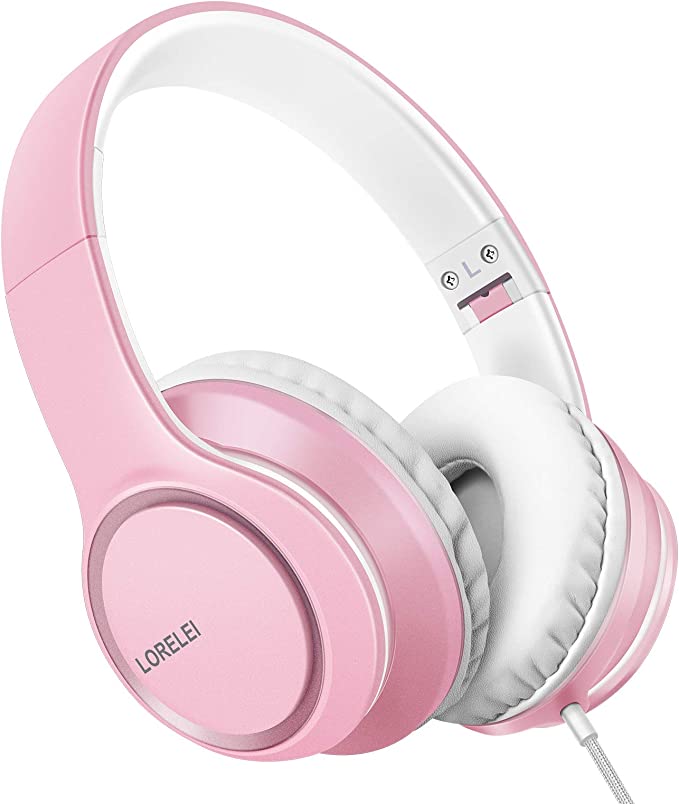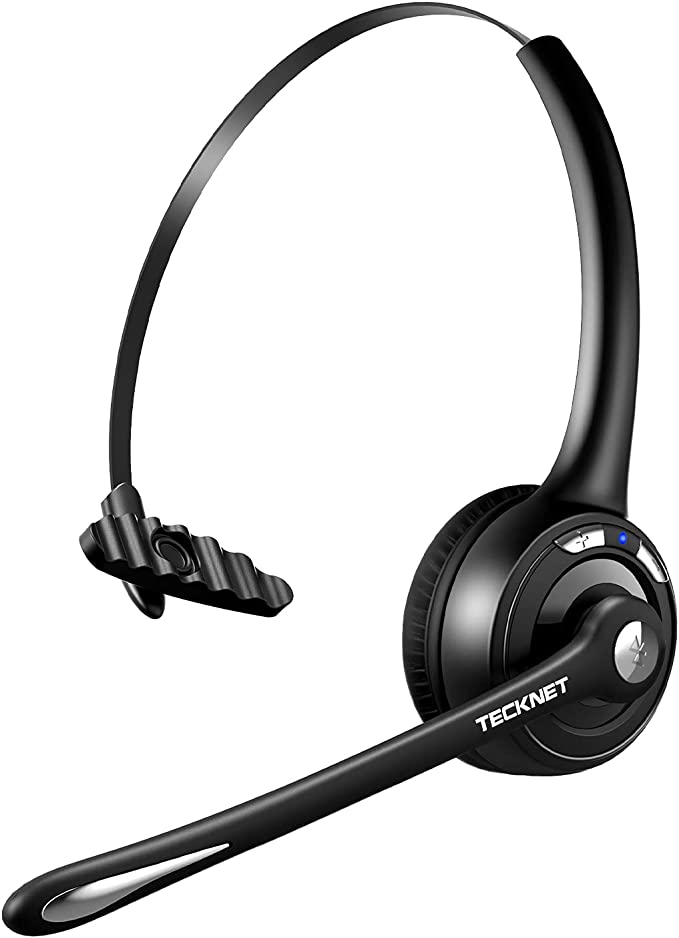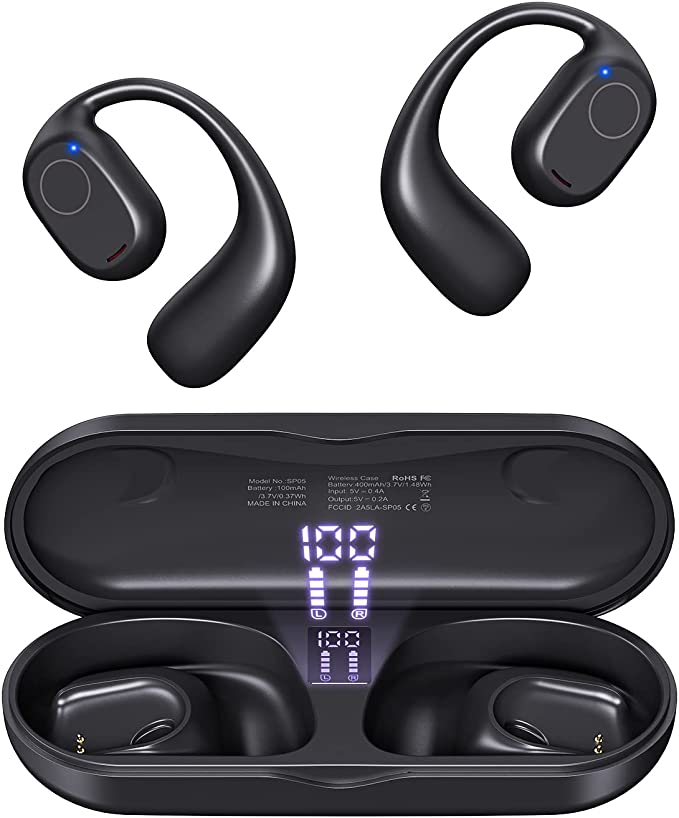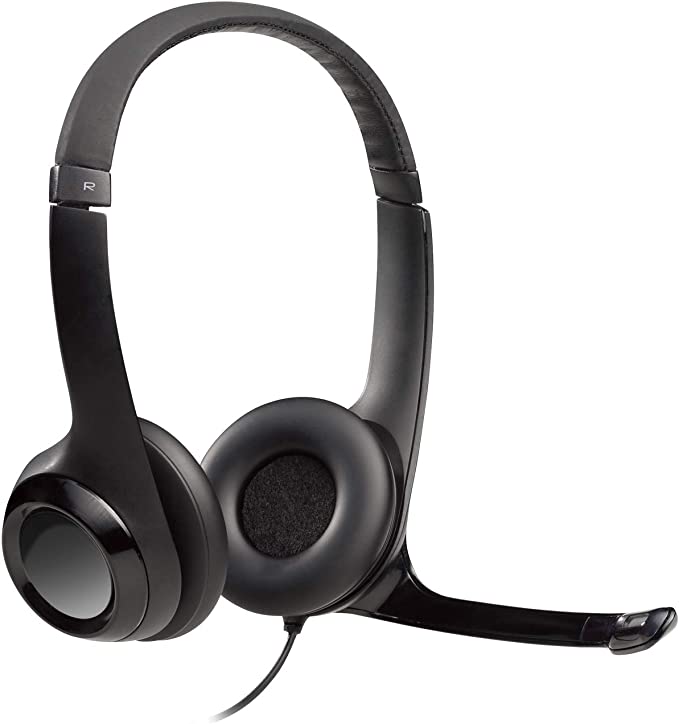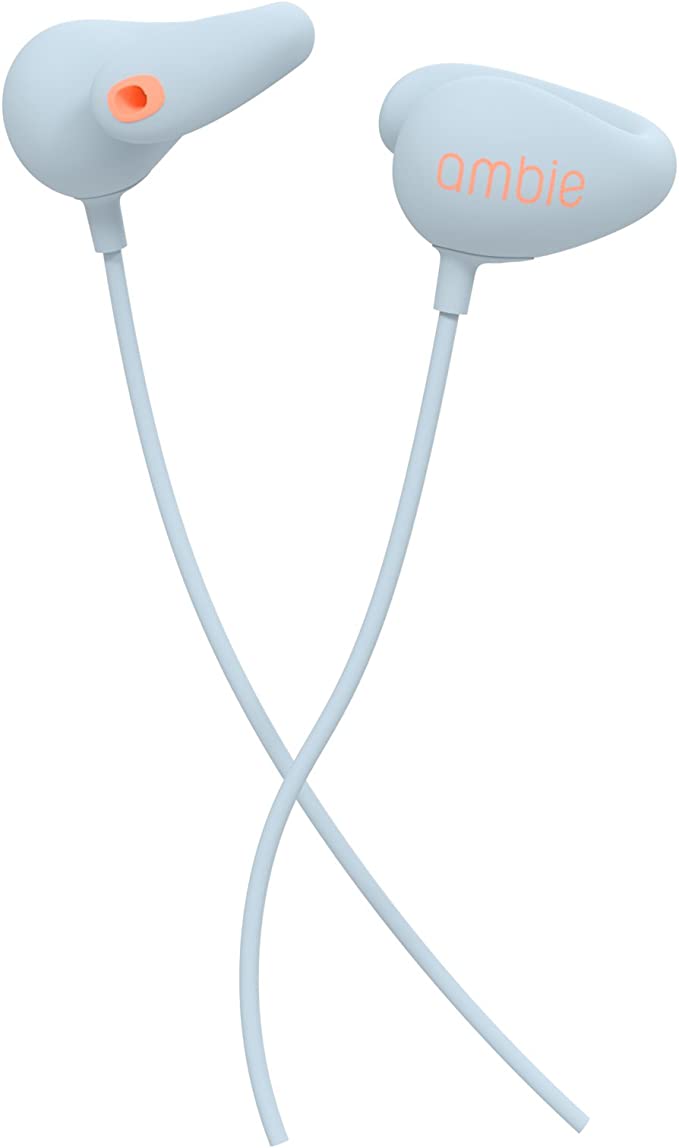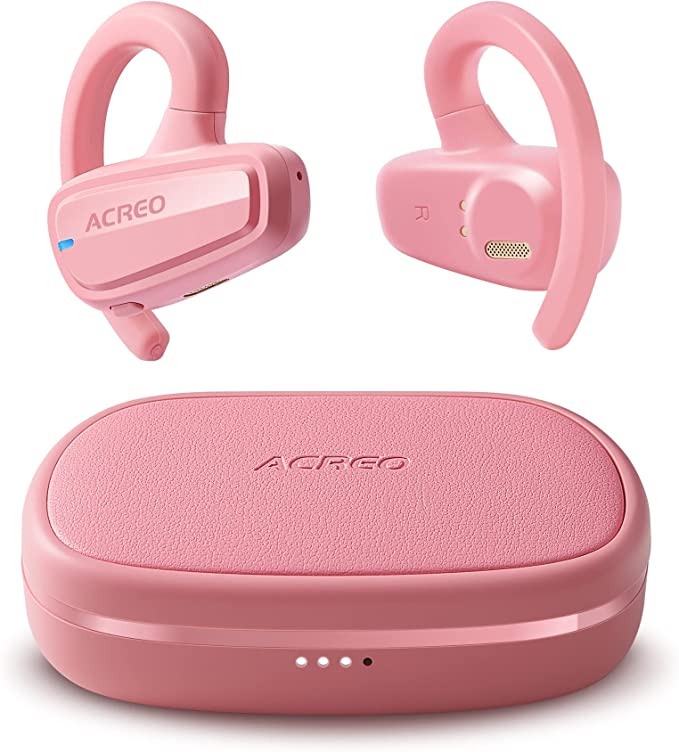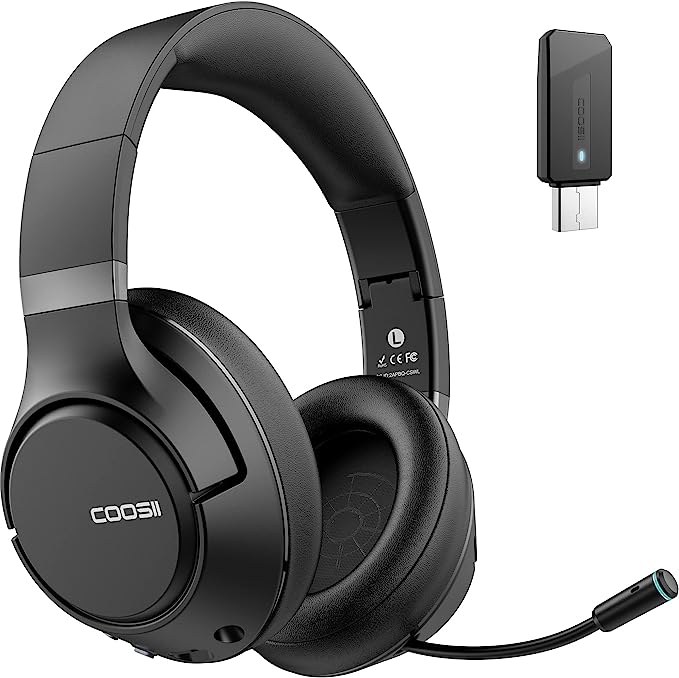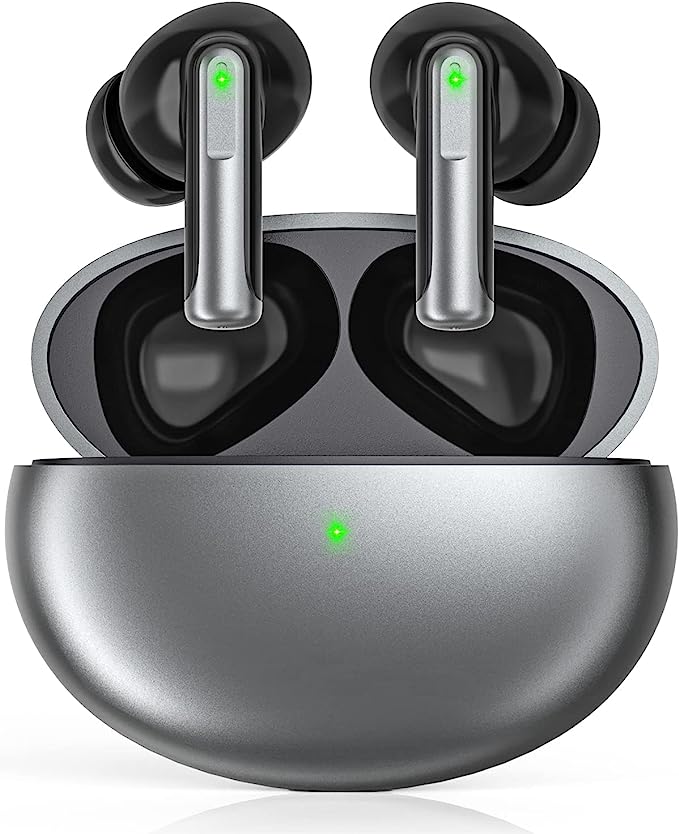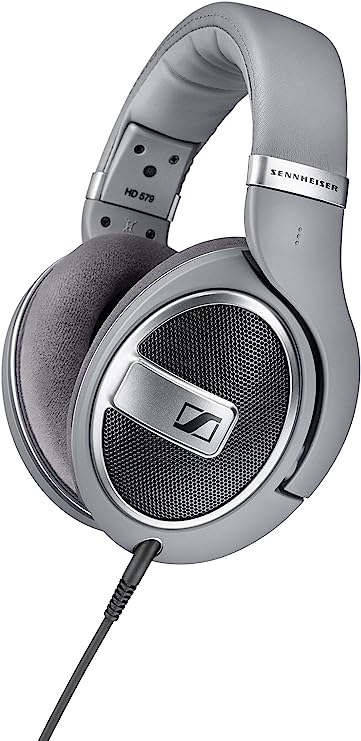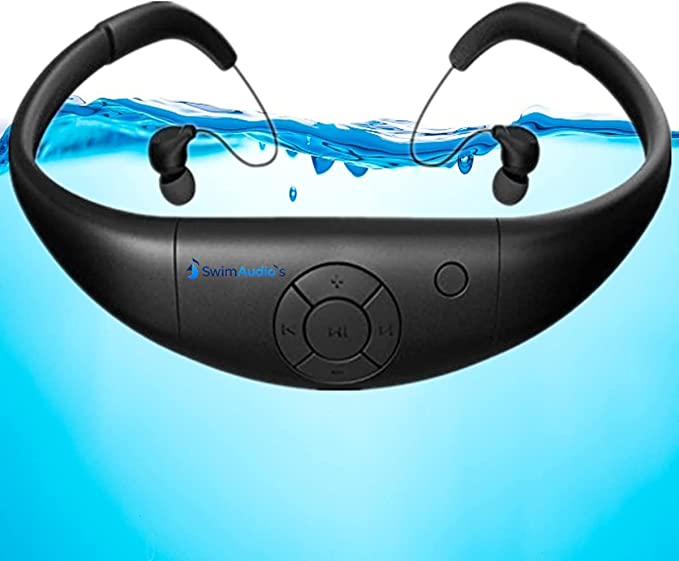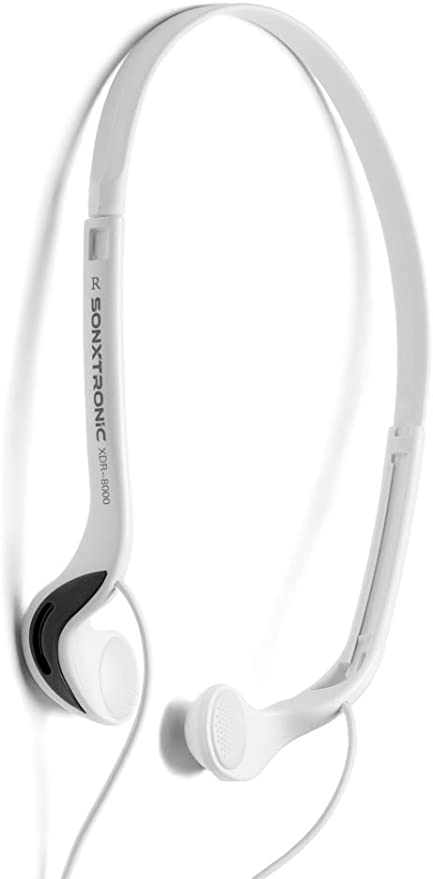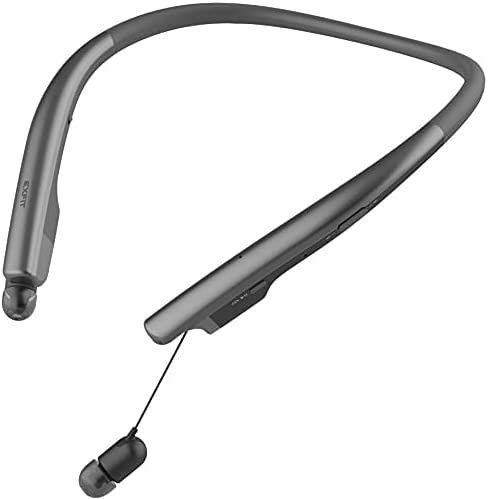The 'Good Enough' Revolution: How Budget Earbuds Deliver 80% of the Experience for 20% of the Price
Update on Nov. 14, 2025, 4:18 p.m.
The world of consumer technology is often a relentless race to the top. Brands battle to pack in more features, higher specs, and more exotic materials, with price tags that climb accordingly. Yet, bubbling just beneath this flagship frenzy is a quieter, arguably more significant revolution: the engineering of “good enough.” This philosophy isn’t about creating cheap, disposable gadgets; it’s about making intelligent, targeted trade-offs to deliver the core 80% of the premium experience for just 20% of the cost.
Nowhere is this trend more apparent than in the market for wireless sport earbuds. While premium brands promise audiophile-grade sound and cutting-edge noise cancellation, a new wave of budget-friendly contenders is winning over thousands of users by focusing on what truly matters for daily active use: a secure fit, marathon battery life, and satisfying sound. To understand this masterclass in value engineering, let’s deconstruct a prime example that has garnered immense popularity: the OKEEFE XK23 wireless earbuds.

The First Priority: Solving the Stability Problem with Smart Ergonomics
For anyone who runs, works out, or is simply active, the single greatest failure of an earbud is its inability to stay in the ear. It’s a problem that plagues even the most expensive brands. The engineering of a secure fit is a profound ergonomic challenge. Rather than investing in complex, custom-molded solutions, the “good enough” philosophy identifies a simple, highly effective mechanical solution: the earhook.
The OKEEFE XK23’s flexible silicone earhook design is a textbook example of this principle. Instead of relying on the precarious friction of an in-ear tip alone, it uses the structure of the outer ear as a robust anchor point. This biomechanical advantage provides a level of stability against the impact shock of running that many compact, hook-less designs simply cannot match.
The brilliance lies in its cost-effectiveness. A soft, pliable silicone hook is an inexpensive component, yet it solves one of the most critical user pain points. As thousands of user reviews attest, this design choice provides a secure, comfortable fit for a wide range of ear shapes and sizes—including those who find traditional earbuds painful or unstable. It’s a classic case of prioritizing a functional, mechanical solution over a purely aesthetic one, delivering immense practical value where it counts the most.

The Systems Approach to Endurance: Deconstructing “48-Hour Playback”
“Battery anxiety” is the Achilles’ heel of the wireless world. The XK23’s headline feature of 48 hours of total playback seems to defy its price point, but it’s not the result of a revolutionary new battery. It’s the product of a clever systems approach.
The trade-off is clear: the earbuds themselves hold a respectable, but not record-breaking, 8 hours of charge. The true powerhouse is the charging case, which acts as a mobile “mother ship,” providing multiple recharges on the go. This is a smart compromise. It keeps the earbuds themselves lightweight and comfortable, while consolidating the bulk of the battery capacity into the case, which spends most of its time in a pocket or bag.
This system is made genuinely user-friendly by two key features often missing at this price point:
1. Dual LED Digital Display: This eliminates guesswork by showing the precise percentage of power left in the case and the charging status of each bud. It’s a small addition that provides a huge boost in user confidence and control.
2. Wireless Charging: The inclusion of Qi-compatible wireless charging adds a layer of “premium” convenience, allowing for effortless “drop and charge” replenishment.
This isn’t about having the single longest-lasting earbud; it’s about providing an overall system that ensures a user virtually never runs out of power in their daily life. It delivers on the core promise of freedom from the wall outlet without over-engineering (and over-pricing) the part that actually sits in your ear.

The Sound of Enjoyment, Not Analysis: Tuning for the 99%
Audiophile-grade headphones are often tuned for a “flat” or “neutral” frequency response, aiming for the most accurate possible reproduction of the original recording. This is ideal for studio engineers but can sound somewhat sterile or lacking in energy for everyday listening.
Budget-friendly earbuds like the XK23 make another smart trade-off: they are tuned for enjoyment, not clinical accuracy. With their 13mm speaker drivers—a relatively large size for an earbud—they are physically capable of moving more air, which is essential for producing bass. The internal tuning almost certainly emphasizes the low and high frequencies (a “V-shaped” sound signature), which makes pop, electronic, and hip-hop music sound punchy and exciting.
This is a deliberate choice to cater to the listening habits of the vast majority of users. While it may sacrifice some of the nuanced mid-range detail that an audiophile craves, it delivers a fun, engaging, and powerful sound that simply sounds “good” for most content. One reviewer aptly compared the sound to that of much more expensive models, noting the “crystal clear” quality and “amazing bass,” validating that this engineering choice successfully delivers a subjectively excellent experience to its target audience.
Conclusion: The Triumph of Smart Compromise
The overwhelming market success of products like the OKEEFE XK23 is not an anomaly. It is proof that a significant portion of consumers are rewarding intelligent engineering and thoughtful compromise over a spec-sheet arms race.
This “good enough” revolution is about identifying the core pillars of the user experience—for a sport earbud, that’s a secure fit, all-day power, and enjoyable sound—and delivering robust solutions for them in the most cost-effective way possible. It’s about recognizing that a simple silicone hook can be more valuable than a dozen advanced features if it solves the primary problem of the earbud falling out.
By deconstructing a device like the XK23, we see a masterclass in value-focused design. It may not have every bell and whistle of a flagship product, but it flawlessly executes the features that matter most to its intended user. It is a powerful reminder that in the world of technology, sometimes the smartest design isn’t the one that does everything, but the one that does the right things, exceptionally well, for a price that makes sense.

